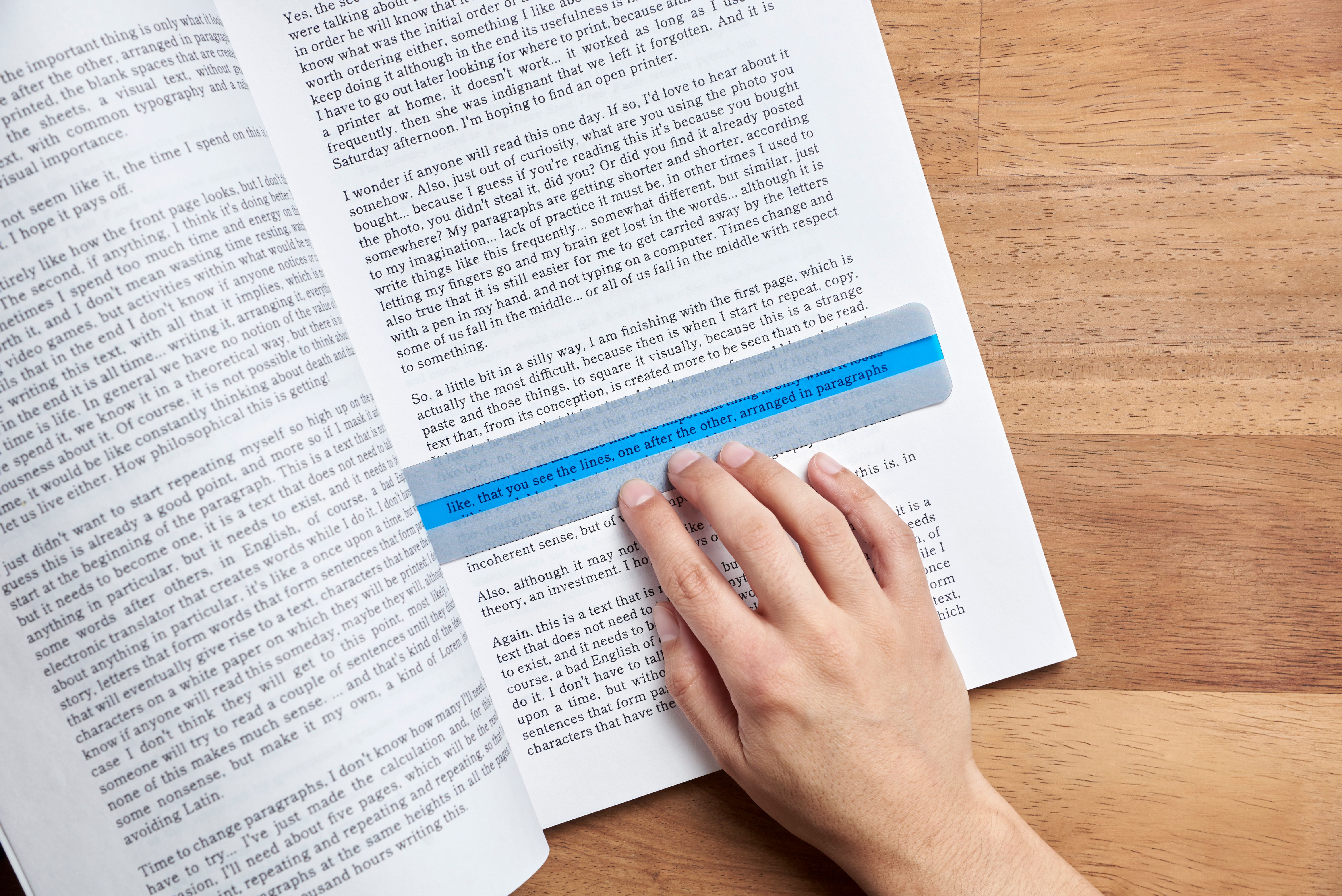Understanding Dyslexia and Dysgraphia: Key Differences and Challenges
JT
Understanding Dyslexia and Dysgraphia
Dyslexia and dysgraphia are two distinct learning disorders that often get confused due to their impact on written language skills. While they can coexist, each has unique characteristics and challenges. Understanding these differences is crucial for effective intervention and support.

What is Dyslexia?
Dyslexia is a specific learning disability that primarily affects reading skills. It is characterized by difficulties with accurate and/or fluent word recognition and by poor spelling abilities. These challenges often result from a deficit in the phonological component of language, which is unexpected about other cognitive abilities.
Individuals with dyslexia may struggle with reading comprehension, making it hard for them to extract meaning from text. However, it’s important to note that dyslexia is not linked to intelligence. Many people with dyslexia possess exceptional creativity and problem-solving skills.
What is Dysgraphia?
Dysgraphia, on the other hand, is a learning disability that affects writing abilities. It can manifest as difficulties with spelling, poor handwriting, and trouble putting thoughts on paper. Unlike dyslexia, which is primarily related to language processing, dysgraphia is more about the physical act of writing.

People with dysgraphia often experience pain and discomfort when writing, leading to frustration and anxiety. It’s not uncommon for them to have illegible handwriting or to spend an excessive amount of time on written tasks.
Key Differences Between Dyslexia and Dysgraphia
While both disorders affect written language skills, there are key differences between dyslexia and dysgraphia:
- Dyslexia affects reading and language processing.
- Dysgraphia affects handwriting and the physical act of writing.
- Dyslexia is more about decoding words, while dysgraphia focuses on written expression quality.
Challenges Faced by Individuals
Both dyslexia and dysgraphia present unique challenges in educational settings. Students with dyslexia may struggle with reading-heavy assignments, while those with dysgraphia might find writing tasks overwhelming. These challenges can lead to academic difficulties and impact self-esteem.

For educators and parents, recognizing these challenges is the first step towards providing appropriate support. This can include tailored educational strategies, assistive technology, and professional interventions like occupational therapy for dysgraphia or specialized reading programs for dyslexia.
Supporting Individuals with Dyslexia and Dysgraphia
Support strategies vary depending on the disorder, but often include:
- Utilizing multisensory approaches in teaching.
- Providing extra time for reading and writing tasks.
- Incorporating technology tools like speech-to-text software.
- Offering positive reinforcement to boost confidence.
By understanding the distinct needs of individuals with dyslexia and dysgraphia, caregivers and educators can create more inclusive environments that foster success and confidence in students with these learning differences.
